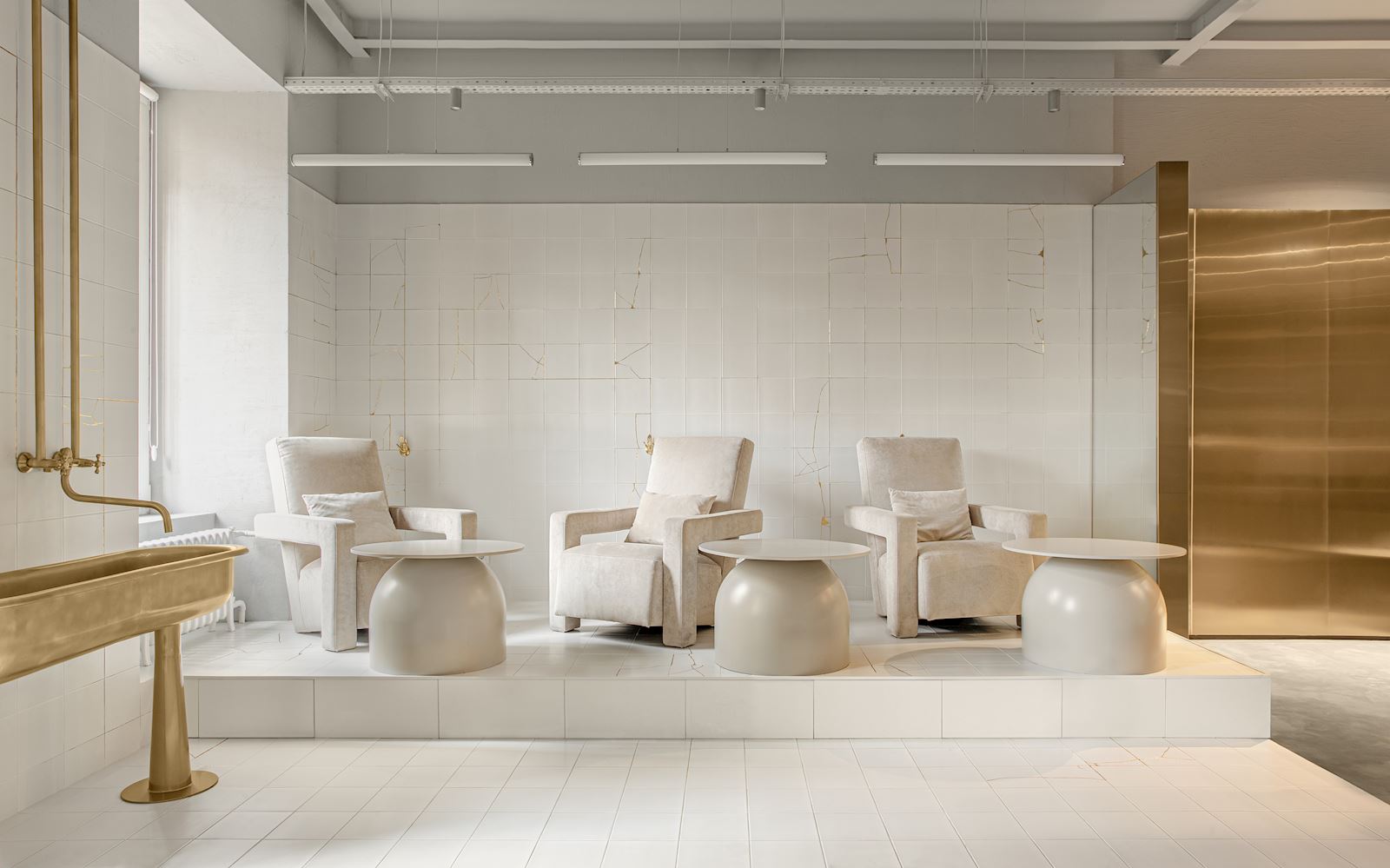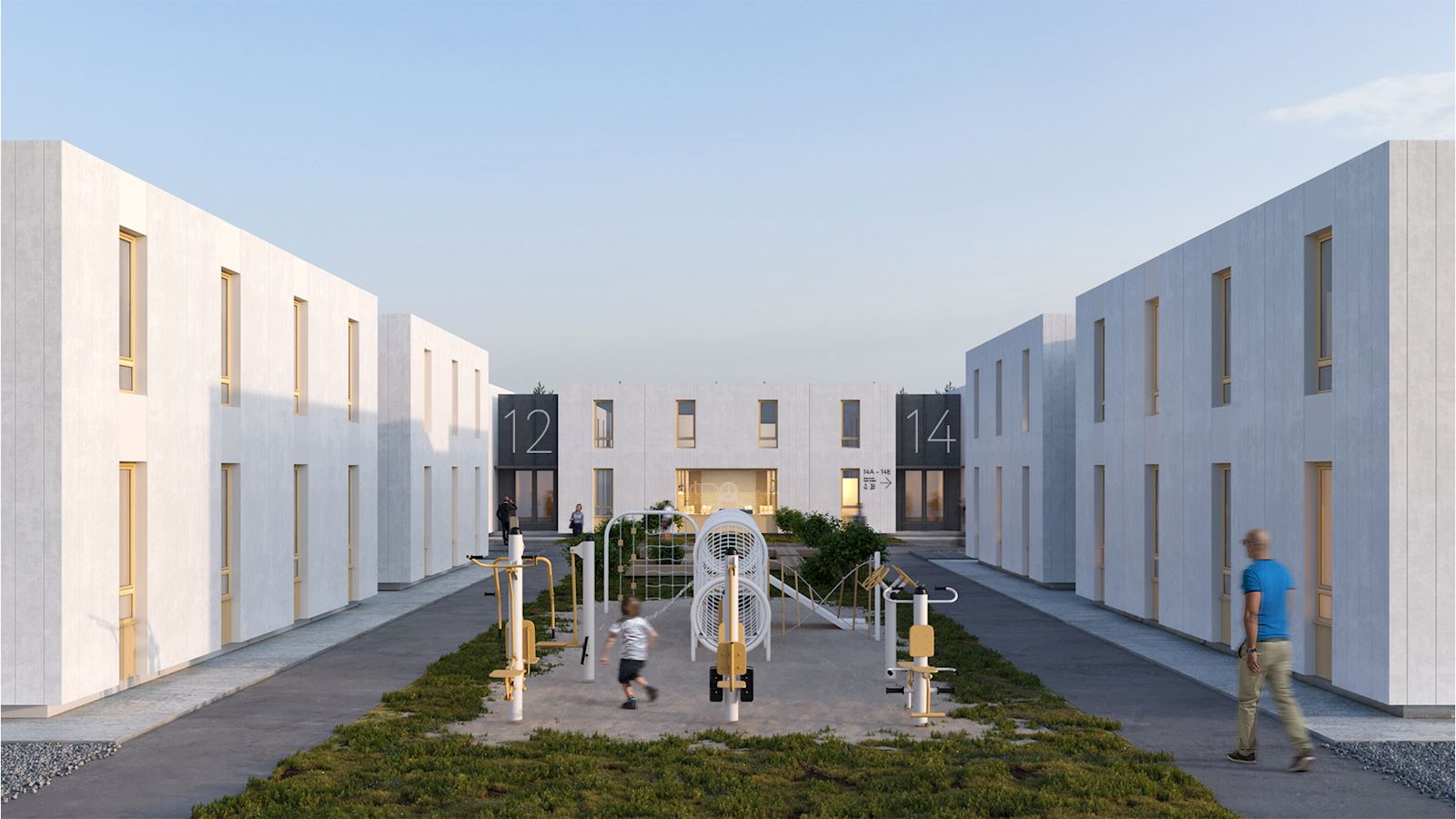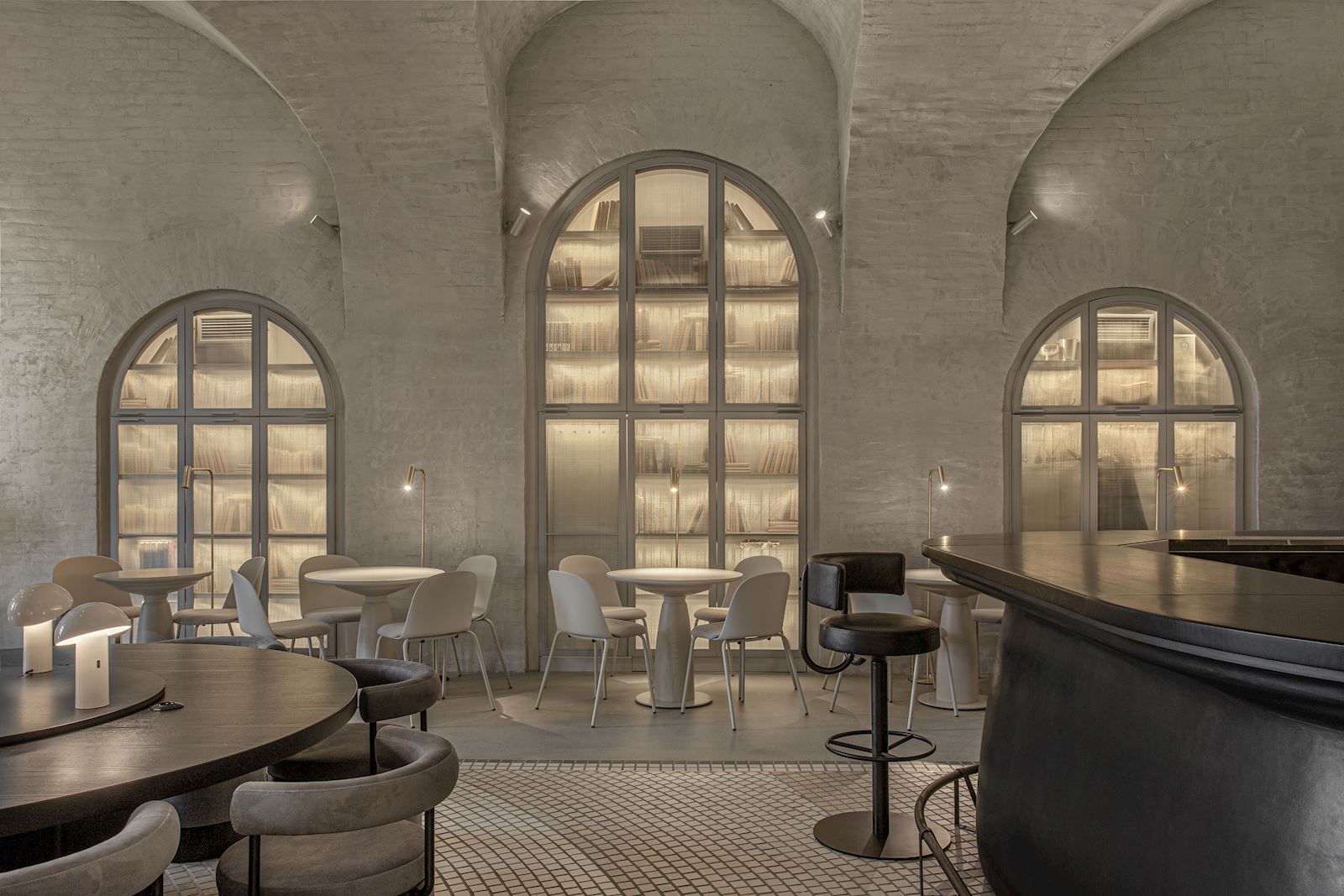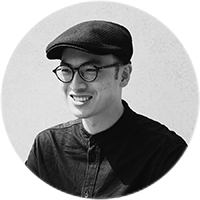
designed by balbek bureau
TEXT & INTERVIEW BY IAN
February 24, 2022, Russia launched a special military operation against Ukraine in the name of justice. Troops and artillery fire crossed the border between the two countries… Whether it was special correspondents flying to the frontline for interviews or sharing real-time images from the local people at the front, global television, radio, internet, and media outlets reported, commented on, and analyzed the causes, dynamics, and potential solutions of this conflict. No matter their stance or perspective, any action was significant in its own right and represented hope and belief in peace.
Because we believed in the power of art, design, music, and fashion to bring peace, last spring, we dedicated the 220th issue of “PPAPER” to peace. It contained traces of love in contemporary creations and, of course, voices and images of artists and designers from Ukraine. Regrettably, we did not receive a timely response from the Ukrainian architecture and design studio “balbek bureau.” We could only send our highest respects from afar to those warriors who chose to construct temporary shelters and preserve cultural artifacts amidst the confrontations of war.

designed by balbek bureau
The war still rages on this spring, but we reconnected with the balbek bureau and its founder, Slava Balbek. He shared that he and his friends organized a group of volunteers. In the initial weeks of the war, they delivered food and supplies to those in need daily. Once the situation in Kyiv stabilized, they quickly resumed the studio’s operations. They launched the “RE:UKRAINE SYSTEM” temporary housing initiative and the “RE:UKRAINE. MONUMENTS” cultural heritage preservation project, contributing to their homeland. As we listened to Slava Balbek share his recent experiences, Ukraine is still fighting for freedom, and we firmly believe peace is on the horizon.
PPAPER
╳

Slava Balbek
Founder of balbek bureau
Hello, Slava. It is great to have this opportunity to talk to you. What made you pursue a career in architecture and interior design?
Honestly, I did not intend to become an architect. So, instead, I applied to the Kyiv National University of Construction and Architecture alongside my sister – and here I am, talking to PPAPER about my career as an architect (smiles).
In our last year of university, my peer Olga Bogdanova and I started the 2B.group studio, which became one of Ukraine’s most renowned architectural practices. In 2018, we decided to part ways and split into two studios – this was when the balbek bureau was born. As the saying goes, the rest is history.
For you, what are the most iconic aesthetic elements in Ukrainian culture? Then, how did you apply these elements to the design project?
I think of our cultural symbols in the context of my work. Each new project I take on has a unique and special meaning and basis. Everything surrounding me symbolizes Ukrainian culture: an old village house, a simple panel building, or a monument of a local scientist. That is why, instead of adding traditional elements to our designs, we play off what we are given and highlight the beauty of the ordinary, less obvious symbols.


What are the core values and aesthetics of balbek bureau?
We never design just for design’s sake. As longtime fans of human-centered design, we consider people our core values. No matter what project we are working on, we always keep those interacting with the space in mind. Our aesthetics stem from the three fundamental laws of architecture: utility, durability, and beauty. We follow these rules and keep it simple, with a hint of self-irony.
As an architect, how do you consider the relationship between design, space, and people?
They are all elements of one ecosystem. Human-centered environment design allows a person to interact, live and evolve.
Millions of Ukrainians have been displaced due to relentless war. To this end, balbek bureau proposed the “RE: Ukraine Housing” temporary housing project. What is your vision for this project?
The main task we have set ourselves is to maintain a decent lifestyle for temporarily displaced Ukrainians. Naturally, it is possible to take away one’s house but never one’s dignity. For most IDPs, the temporary accommodation will be their only home for a while. Therefore, it is essential to make this housing as convenient as possible and provide residents with enough sanitary units, fully equipped kitchens, baby care rooms, and laundries. To help people smoothly adapt to the new environment and build ties with their neighbors, we must design public living rooms and squares for communal relaxation and socialization. We expect this approach to positively impact those who faced the brutalities of war and help them get back to a usual way of living.
We just broke ground on the pilot project of RE: Ukraine Housing in the Bucha district of Kyiv region. The pilot will house 15 families and help us gather feedback from people we initially designed RE: Ukraine Housing for. After that, we plan to make improvements and scale the project globally. The system can be replicated worldwide, helping to deal with global challenges: natural disasters (earthquakes, hurricanes), armed conflicts, etc.



designed by balbek bureau
In addition to the “RE: UKRAINE SYSTEM” temporary housing project, balbek bureau also initiated the “RE: Ukraine Monuments” cultural asset preservation program. In such an intense environment, how did you accomplish this task?
We tasked ourselves to develop a standardized solution that allows anyone to quickly design a shelter for any monument, regardless of size. The structure we created protects monuments from damage by blasts, debris, bullets, and fire and provides access for its maintenance. Moreover, since nothing is more permanent than temporary, we ensured these shelters harmoniously integrate into the urban landscape, and the monuments can be identified even behind a solid facade.
The first shelter under the RE: Ukraine Monuments system was constructed in the spring of 2022 for the Mykhailo Hryshevsky monument in Kyiv. Later that year, in October, during a massive missile attack on Ukraine, the shelter was tested: an explosion nearby destroyed half of it, but it helped save the monument itself. The shield has been restored since, but we hope it won’t come to real-life tests again.
We have also developed RE: Ukraine Villages, an online constructor that simplifies the reconstruction of rural houses with respect for their surroundings. Using the RE: Ukraine Villages constructor, homeowners will receive ready-made instructions for rebuilding their home: a PDF file with isometry, plans, drawings, facade scans and a technical description. The project is well underway and is at the final stages of development: we are adding last-minute improvements and final tweaks before the launch in March.




designed by balbek bureau
Photo © Oleksii Samsonov for KCSA
balbek bureau has handled many civic and cultural projects. For you, how do you reflect or preserve culture through design?
When working on a civic project, we focus on functionality first. Then, we create solutions that allow people to explore the surrounding space and find meaning and emotional value on their own. We prefer to let things play out uniquely rather than force our vision on citizens.
We are concerned about how you and the team members have been doing since the outbreak of war. How are you keeping the company running and contributing to Ukrainian society?
Our bureau resumed its operations shortly after a full-scale Russian invasion began. We decided it’s best to turn our outrage and pain into action and contribute to Ukraine’s victory by developing projects for the public benefit. Four of our teammates joined Ukrainian forces; others continue juggling commercial and social projects. In other words, we are holding up well but can not wait to see our country free and stronger than ever.
A major disruption to our workflow came with the constant missile attacks. Often, these attacks are aimed at infrastructure and are followed by power outages, blackouts, cell connections being down, and water shortages. However, we try to look at the bright side, and with all we’ve been through, we are ready for anything and bravely take on new challenges no matter the circumstances.
As we talk, Ukraine is still fighting for freedom and faith. We sincerely hope that peace will eventually prevail. Do you have any final thoughts to share with our readers?
Despite no doubts about our victory, the fight is still not over. It is important to keep Ukraine in the global conversation and give a platform to Ukrainian voices. Thank you for this opportunity to share my vision and thoughts on Ukrainian design.■

Image courtesy of balbek bureau
About the Writer
Ian Feng。Editor of PPAPER。
A writer who began writing because of his passion for photography, having a soft spot for light-roasted coffee, and tuning in to cool jazz every evening, then indulging in tennis athlete Roger Federer’s elegancy.




-1536x806.jpg)

-1536x806.jpg)




